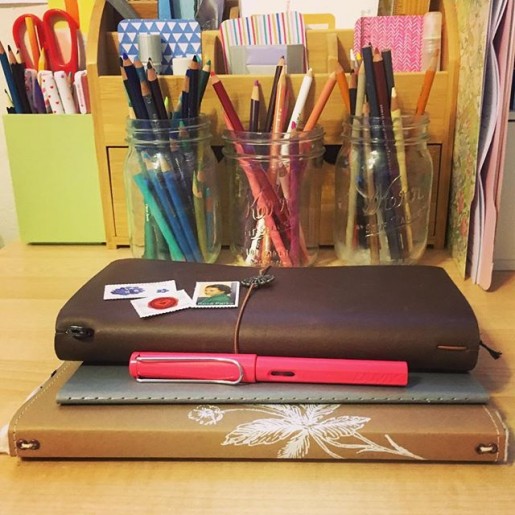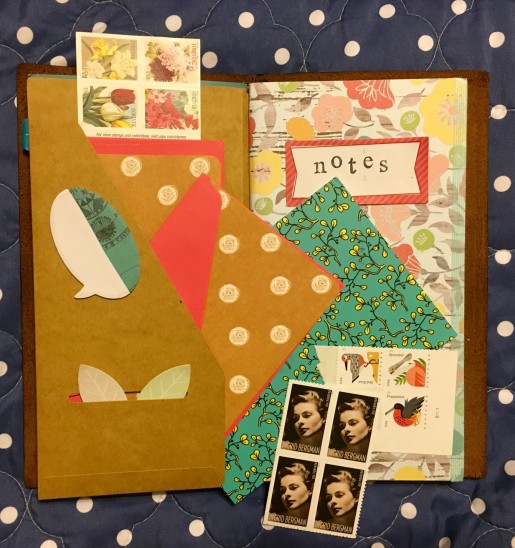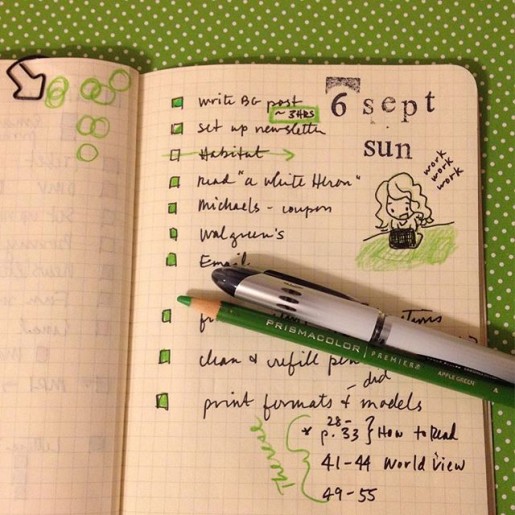A blog experiment & changes in how I plan
This morning I’m trying something new.
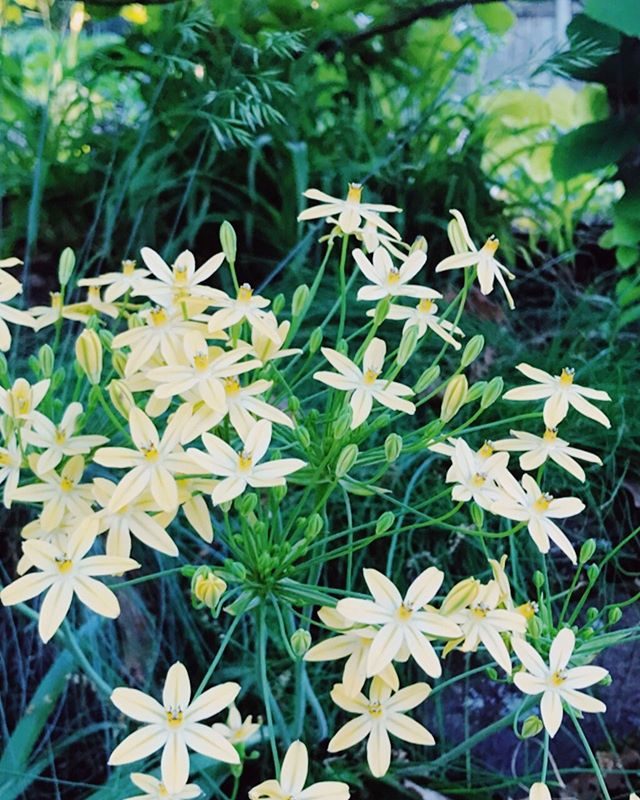
I noticed that this week’s morning poetry-reading-and-writing-time kept getting interrupted (the writing part, at least) by scritchy angsting over my daily schedule—how to fit it all in, “it” being homeschooling and house-tending and paying work and personal projects and long walks and gardening and reading and TV and doctor appointments and fun time and down time and sleep—oh, the days are so wonderfully, terribly full. When it hit me that I kept returning to logistical questions during the precious minutes I give myself for freewriting, I realized my brain was trying to tell me something. So I leaned into the questions instead of impatiently shooing them away.
I know I try to fit too much in. But there are ways it works, if I’m thoughtful and honest with myself. (For example: no matter how many times I tell myself I’m going to read in bed, I know I’ll just fall asleep within a paragraph or two and I need to give myself some other space during the day for real reading.)
This morning’s insight was that no matter how often I write an after-dinner blogging interval into my schedule, I won’t use it for blogging. Especially now, when the long evening light is amazing and my feet carry me out the door almost before my mind realizes what’s happening.
Or yesterday, when I said: I’ll blog between lunch and work. Naturally, this meant I went out to the garden to prune and weed and rhapsodize over this week’s wave of bloom. (Poppies, pincushion flower, snapdragons, begonia; and the yarrow is about to explode with color.)
So today I’m trying in the morning. Mornings might work—the loose half-hour between my poetry time and high tide. I suppose it’s another step in my shift toward digital minimalism. After I took Facebook and Twitter off my phone in early April, I gave them small containers at breakfast. I’m going to try a week of stealing those containers for Bonny Glen. I’m documenting the plan so I’ll (obliger that I am) be more likely to give it a fair shot.
I need this blog! Its archives are our family chronicle and a source of great joy. (Scott’s too. His “fambly” posts capture so many moments I wouldn’t have remembered, or wasn’t present for in the first place. And so hilariously.) And—as any Charlotte Mason educator worth her salt knows—retelling an event helps fix it in your memory. Earlier this week, a doctor was asking me about developmental milestones one of the kids. After six babies and so many years, there’s no chance I’d remember those specifics organically. But I remembered a blog post—and where I was sitting when I wrote it—and that gave me an approximate window of time.
(There’s something there worth exploring: the way the physical act of writing—where I’m sitting, what’s out the window, whether there even IS a window—becomes as much a part of memory as the words themselves.)
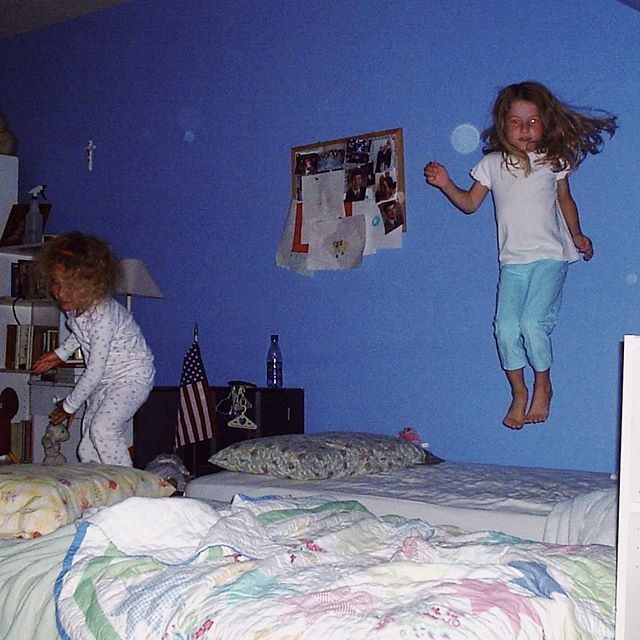
This is my thinking-aloud space, and heaven knows I’m thinking aloud right now. But I think they are thoughts relevant to others, because we’re all trying to squeeze too much magic into too little time. I know I can’t fit in everything. I also know I won’t fit in a lot of things unless I think through where to fit them. These past two years, with such a comically full plate (even for me, greedy plate-filler that I am), I had to make a concerted effort to save space for sleep, walks, and down time.
And I make a mental distinction between my kinds of work—I think of it as paying work and creative work, but those labels are clumsy because all my ‘paying work’ is creative, and of course I hope all my ‘creative work’ will earn its keep eventually. The distinction is more like: short-term, pays soon and long-term, pays someday or maybe never. Dividing it that way helped a lot! Without blocks in my schedule for the long-term personal projects, I would never get around to them. Calling those blocks “creative work” in my planner helps set the tone and mood I want when I sit down to that work—it sounds exciting and rich, not like a slog. And the “paying work” label is a good motivator too, because it says: these hours pay next month’s bills. Tangible, concrete.
Speaking of my planner, another big shift I made in April was—gulp—abandoning my beloved bullet journal for Evernote. This happened for a quite practical reason: I had gotten sloppy about maintaining the index that makes it possible to pull notes out of a bullet journal at a later date. After so many years, I have a giant bin of filled notebooks. If I need notes on a particular event or phone call (the insurance company, a doctor, an editor), I have to hunt through all those books. Even with the properly indexed ones, this is a pain!
And (again out of a fierce urge to save my time for good things) I realized that if I do the same kind of task-logging and note-taking in Evernote that I’ve been doing in my notebook, I can quickly, easily search for a note.
After a few weeks, I developed a template so I didn’t have to recreate the wheel every morning. I read this article about “interstitial journaling”—the practice of taking a few moments to write narratively about the task you’ve just completed and what you’re about to embark on next, including feelings or trepidations about it—and boom: this made so much sense to me, and after two months I can say it’s a practice that works really, really well for keeping me focused.
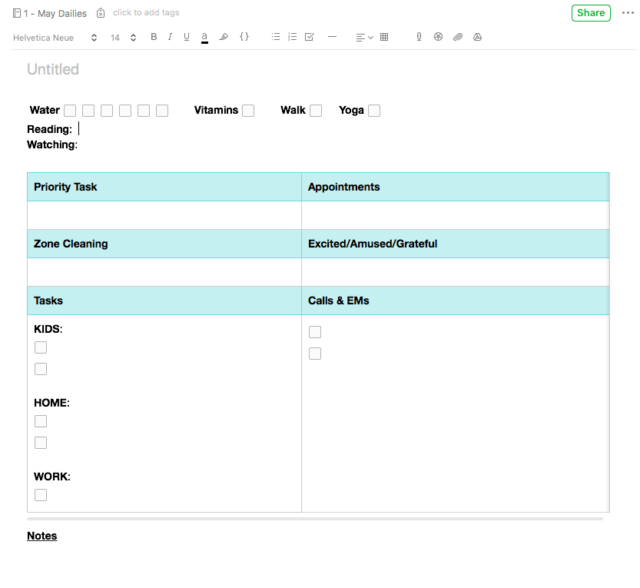
I title each note with the day and date: “Wednesday, May 22.” The “Notes” section is where my time-stamped interstitial journaling entries go. By the end of the day, there’s a full page of notes. This section has become the most important part! Turns my focus up to eleven.
I still use a paper notebook for my morning poetry pages. And lots of other things throughout the day—I’m an inveterate doodler. If I take notes on paper, now I simply snap a photo of them and save it in Evernote with a couple of tags to help me find it later.
I’m working on a longer post for Medium about this transition to Evernote. It’s funny that it grew out of digital decluttering! But interstitial journaling has been a brilliant tool for me so far, and Evernote (which I’ve used forever for various kinds of digital notekeeping) is a handy place to do it.
Right now, though, I’ve reached the end of this morning’s experimental blogging container. See you tomorrow, friends!

